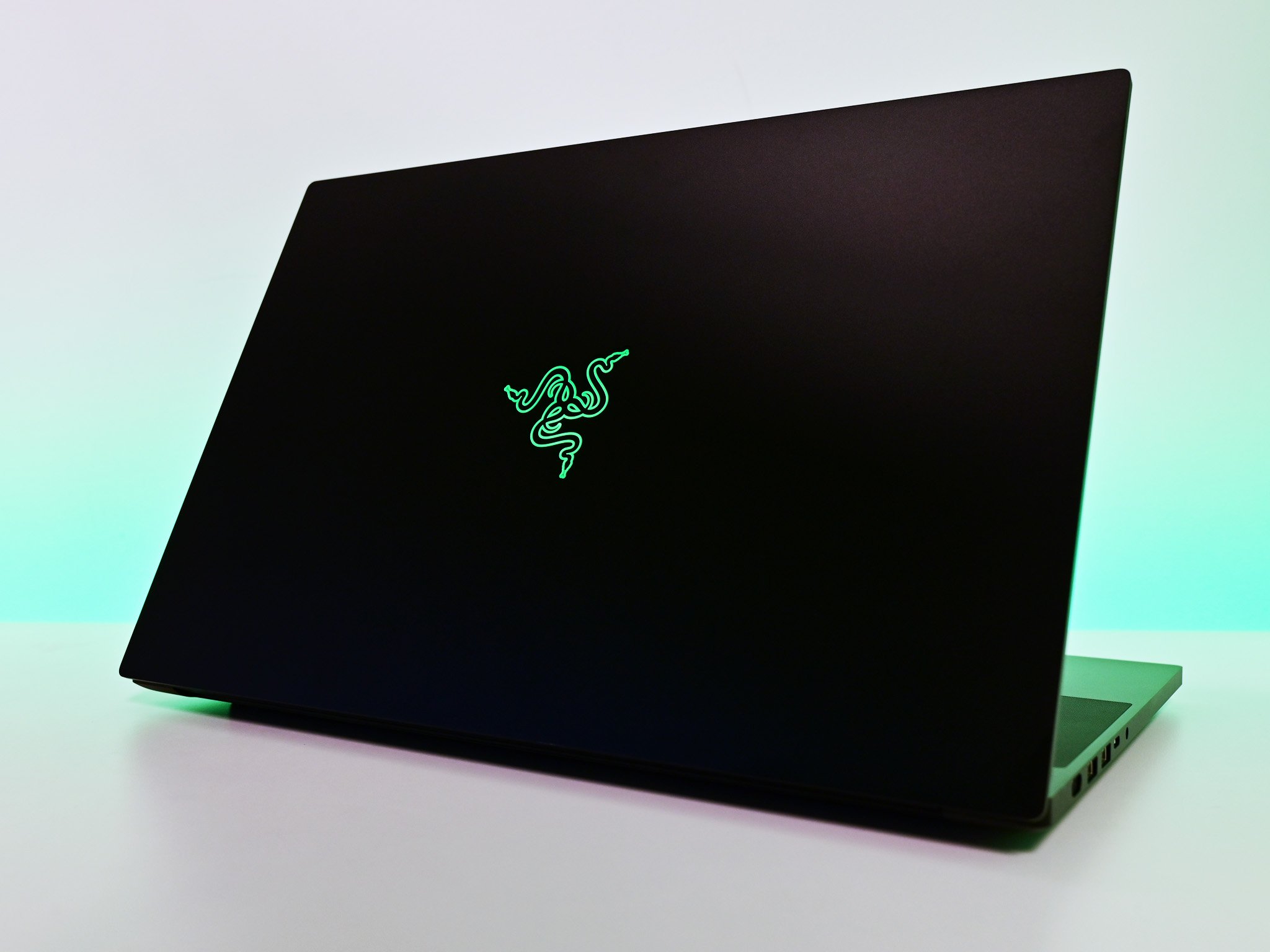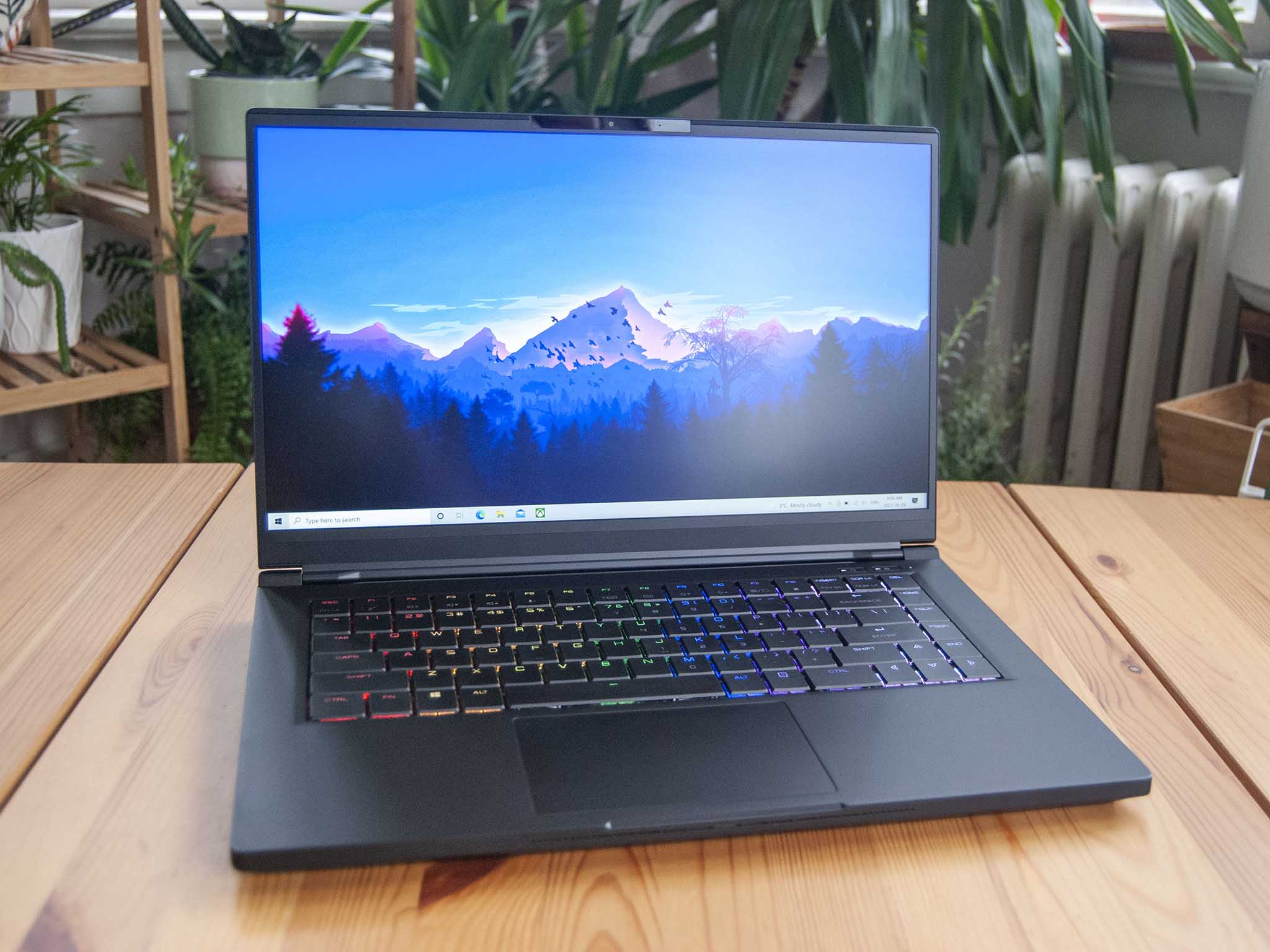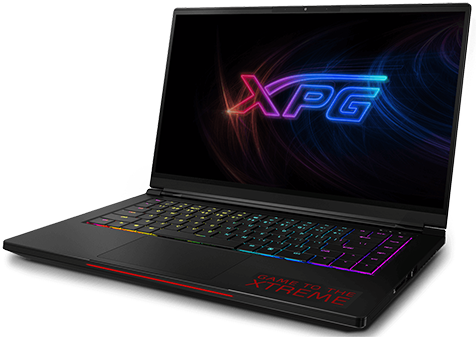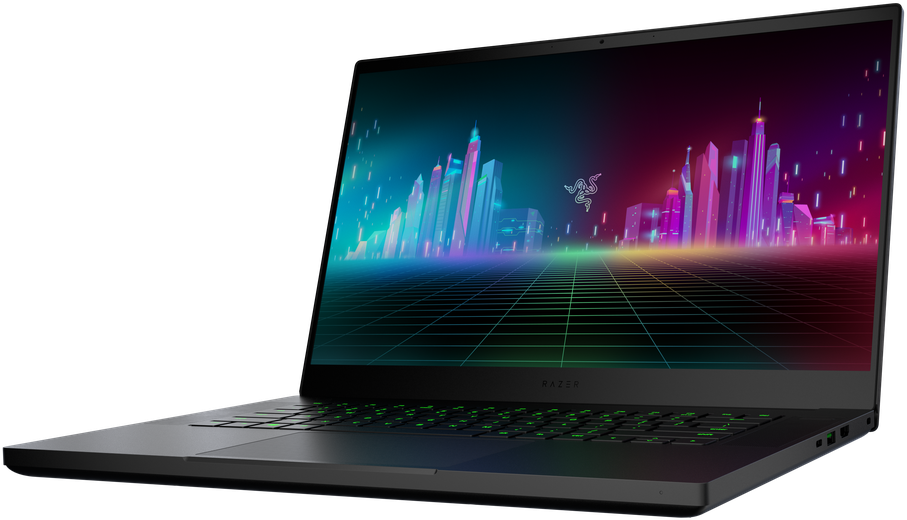The XPG Xenia 15 KC is a superb gaming laptop for people looking for something in the mid-range, as it’s more affordable than similarly configured Razer Blade 15 models. However, there are no alternative configurations available, and the battery life is considerably worse as well.
Pros
- Powerful hardware
- Excellent display
- Strong port selection
- More affordable than similar Razer Blade 15
Cons
- No alternative configurations
- Worse battery life
The Razer Blade 15 is the better choice for people who want hardware that’s either more powerful or less expensive than what’s under the XPG Xenia 15 KC’s hood, and it also has better battery life. In the mid-range, though, the XPG Xenia 15 wins out thanks to its lower price.
Pros
- Powerful hardware
- Excellent display
- Strong port selection
- Better battery life
Cons
- Similar models are pricier than the XPG Xenia 15 KC
Both the XPG Xenia 15 KC and the Razer Blade 15 are excellent gaming laptops, but the XPG Xenia 15 KC is ultimately the better choice if you’re looking for a device equipped with an RTX 3070. The Razer Blade 15, meanwhile, is better for other configurations.
XPG Xenia 15 KC vs. Razer Blade 15: Pricing and specs

In many ways, both the XPG Xenia 15 KC and the Razer Blade 15 are incredibly similar — as long as you’re only looking at the mid-range RTX 3070 configurations of the Blade 15. In this instance, both laptops have an RTX 3070, a powerful Intel Core 11th Gen i7-11800H CPU, plenty of RAM and storage (notably, the Xenia 15 KC has 32GB of memory compared to the Blade 15’s 16GB), a healthy selection of great I/O ports, and top-notch 1440p 165Hz displays (you can opt for a FHD 360Hz display on the Blade 15 if you want). In this spec range, the XPG Xenia 15 KC is a few hundred dollars cheaper than the Blade 15, giving it a clear advantage. The only benefit of buying a Razer Blade 15 with these specs is that its nine-hour battery life trumps the six to seven hours that the XPG Xenia 15 KC is capable of.
| XPG Xenia 15 KC | Razer Blade 15 | |
|---|---|---|
| OS | Windows 10 Home | Windows 10 Home |
| CPU | 11th Gen Intel Core i7-11800H | 10th Gen Intel Core i7-10875H 11th Gen Intel Core i7-11800H 11th Gen Intel Core i9-11900H CPU |
| RAM | 32GB | 16GB 32GB |
| Graphics | NVIDIA RTX 3070 | NVIDIA RTX 3060 NVIDIA RTX 3070 NVIDIA RTX 3080 |
| Storage | 1TB SSD | 512GB SSD 1TB SSD |
| Display | 15-inch 2560×1440 (QHD) 165Hz display | 15-inch 1920×1080 (FHD) 144Hz display 15-inch 1920×1080 (FHD) 360Hz display 15-inch 2560×1440 (QHD) 165Hz display 15-inch 2560×1440 (QHD) 240Hz display 15-inch 4K OLED 60Hz display |
| Ports | 1x Thunderbolt 4 3x USB-A HDMI 2.1 Ethernet SD card reader 3.5mm audio |
2x Thunderbolt 3x USB-A HDMI 2.1 Ethernet SD card reader 3.5mm audio |
| Audio | Dual speakers | Dual speakers |
| Wireless | Wi-Fi 6 Bluetooth 5.2 |
Wi-Fi 6 Bluetooth 5.2 |
| Camera | Front-facing 720p IR camera for Windows Hello |
Front-facing 720p IR camera for Windows Hello |
| Battery | 6-7 hours | 9 hours |
| Dimensions | 14 x 9.2 x 0.8 inches | 13.98 x 9.25 x 0.67 inches |
| Weight | 4.2 pounds | 4.4 pounds |
| Price | Starts at $2,150 | Starts at $1,800 |
Where the Razer Blade 15 takes the lead is in situations where you’d prefer to either have a more powerful RTX 3080 GPU or a more affordable RTX 3060. The Razer Blade 15 has configurations with these graphics cards available, but the XPG Xenia 15 KC does not. This prevents you from getting a Xenia 15 KC with the hardware that you want, making the Razer Blade 15 the clear choice in this scenario. The Blade 15 also has an option for the i9-11900H CPU, which offers considerably better performance than the i7-11800H. Note that regardless of configuration or model, both the XPG Xenia 15 KC and Razer Blade 15 have excellent keyboards, an enjoyable trackpad, and sleek, premium designs with RGB-backlit keys.
XPG Xenia 15 KC vs. Razer Blade 15: Which should you buy?

Both of these gaming laptops are fantastic, and the one that will be the best for you largely depends on context. Do you want a mid-range gaming device that’s more affordable than the Razer Blade 15’s RTX 3070 configuration? The XPG Xenia 15 KC will be a better pick since it offers near-identical performance for a lower price.
However, you should opt for the Razer Blade 15 if you’re looking for longer battery life, a more budget-friendly RTX 3060 system, or a beefy RTX 3080 system with an i9-11900H. The wider array of configurations mean that the Blade 15 is perfect for people who aren’t looking for a mid-range RTX 3070 system.
For more fantastic options, check out our roundup of the best gaming laptops available.
Best mid-range
XPG Xenia 15 KC
A mid-range champion
The XPG Xenia 15 KC is a superb gaming laptop for people looking for something in the mid-range, as it’s more affordable than similarly configured Razer Blade 15 models. However, there are no alternative configurations available, and the battery life is considerably worse as well.
Most configurable
Razer Blade 15
A cut above
The Razer Blade 15 is the better choice for people who want hardware that’s either more powerful or less expensive than what’s under the XPG Xenia 15 KC’s hood, and it also has better battery life. In the mid-range, though, the XPG Xenia 15 wins out thanks to its lower price.
We may earn a commission for purchases using our links. Learn more.

These are the best gaming laptops with an RTX 3060 GPU
Gaming laptops are versatile portable PCs that can play the latest games with dedicated GPUs. The RTX 3060 from NVIDIA is a great budget-friendly choice for those who want a gaming notebook that won’t cost the same as a brand-new vehicle.








